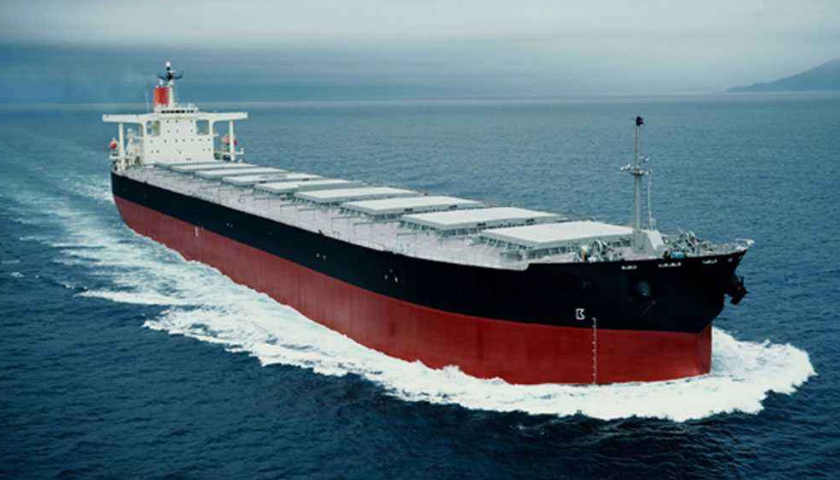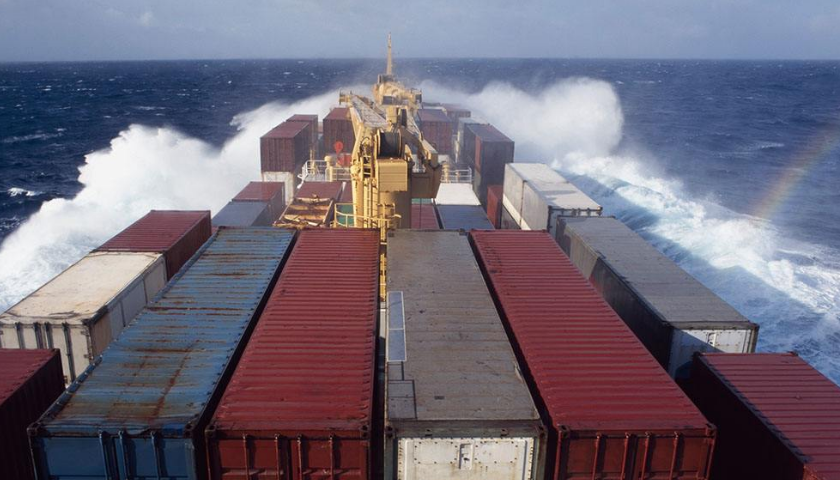Regulations for the international carriage of dangerous goods by sea
Time:2022-08-22 14:00:04Views:185
International ocean freight transportation means that the shipper, in accordance with the commitment of the water freight transportation contract, uses the international ocean shipping vessel as the means of transportation and deducts the transportation fee as a reward to transport the goods hauled by the carrier from one country's seaport to another by sea. Individual behavior in a country's seaports.
International Ocean Freight is the most critical means of transportation in import and export trade, accounting for more than two-thirds of the total volume of import and export trade.

The International Maritime Dangerous Goods Code (IMDGCODE) is enforced by the International Maritime Organization (IMO) to safeguard sailors and reduce water pollution by ensuring the safety of international maritime transport of dangerous goods by ships. When formulating China's relevant laws and regulations, each member state can also follow the IMDG catalogue of relevant chapters, and can make changes to the relevant provisions for the details of China.
The regulations stipulate that the members of the Convention on the Safety of the Fate of All People on the Water (SOLAS) and its international regulations to avoid environmental pollution caused by ships (MARPOL73/78) must apply for the enforcement of the IMDG regulations.
The regulations are not limited to the application of seafarers, and all personnel in the industrial production and shipping industry services related to the shipping industry will apply part of the regulations. The regulations consist of: technical terms, packaging, marking, signage, marking, stowage, protection, resolution and emergency response. The International Maritime Organization revises the IMDGCODE every 2 years.

With the continuous improvement of the intelligent level of people's clothing, food, housing and transportation and the development of scientific and technological progress, the demand for dangerous goods in social development has increased significantly. In addition, it has also immediately prompted dangerous goods companies to develop and design a large number of types of dangerous goods to consider this requirement.
Based on this, the International Maritime Dangerous Goods Regulations expressly stipulate that all personnel engaged in the operation of dangerous goods on the ground must sign up for training in accordance with the relevant provisions of the regulations, such as: dangerous goods manufacturers, packers, warehousing logistics providers, shipping companies , freight forwarders, shippers, management personnel of shipping companies, ship inspection personnel, dangerous goods packaging manufacturing and inspection enterprises, dangerous goods road operators and seaport operation and management personnel, etc.
Regulatory key training programs generally include: proper classification of dangerous goods, application of dangerous goods lists, packaging requirements, packaging function testing, chemical substance evaluation, marking and labeling, affixing to risk notices, compiling customs declaration documents, loading and protection specifications at the same level. Employees must hold certificates and receive re-education according to the upgrade interval of the regulations.
The latest version of IMDGCODE (34-08) has just started to apply for enforcement in February 2012. The regulations stipulate that all operators on the ground related to dangerous goods must be based on the relative learning and training before they can join the post.
International Ocean Freight is the most critical means of transportation in import and export trade, accounting for more than two-thirds of the total volume of import and export trade.

The International Maritime Dangerous Goods Code (IMDGCODE) is enforced by the International Maritime Organization (IMO) to safeguard sailors and reduce water pollution by ensuring the safety of international maritime transport of dangerous goods by ships. When formulating China's relevant laws and regulations, each member state can also follow the IMDG catalogue of relevant chapters, and can make changes to the relevant provisions for the details of China.
The regulations stipulate that the members of the Convention on the Safety of the Fate of All People on the Water (SOLAS) and its international regulations to avoid environmental pollution caused by ships (MARPOL73/78) must apply for the enforcement of the IMDG regulations.
The regulations are not limited to the application of seafarers, and all personnel in the industrial production and shipping industry services related to the shipping industry will apply part of the regulations. The regulations consist of: technical terms, packaging, marking, signage, marking, stowage, protection, resolution and emergency response. The International Maritime Organization revises the IMDGCODE every 2 years.

With the continuous improvement of the intelligent level of people's clothing, food, housing and transportation and the development of scientific and technological progress, the demand for dangerous goods in social development has increased significantly. In addition, it has also immediately prompted dangerous goods companies to develop and design a large number of types of dangerous goods to consider this requirement.
Based on this, the International Maritime Dangerous Goods Regulations expressly stipulate that all personnel engaged in the operation of dangerous goods on the ground must sign up for training in accordance with the relevant provisions of the regulations, such as: dangerous goods manufacturers, packers, warehousing logistics providers, shipping companies , freight forwarders, shippers, management personnel of shipping companies, ship inspection personnel, dangerous goods packaging manufacturing and inspection enterprises, dangerous goods road operators and seaport operation and management personnel, etc.
Regulatory key training programs generally include: proper classification of dangerous goods, application of dangerous goods lists, packaging requirements, packaging function testing, chemical substance evaluation, marking and labeling, affixing to risk notices, compiling customs declaration documents, loading and protection specifications at the same level. Employees must hold certificates and receive re-education according to the upgrade interval of the regulations.
The latest version of IMDGCODE (34-08) has just started to apply for enforcement in February 2012. The regulations stipulate that all operators on the ground related to dangerous goods must be based on the relative learning and training before they can join the post.
Relevant information
Related service items
Featured routes
Hot info
- Where is the industry value of international freight forwarding reflected?
- Learn about the obligations of international freight forwarders!
- Understand the basic operation process of freight forwarding
- What items cannot be shipped when acting as an international air freight forwarder?
- The specific process of sea export consignment
- What should I pay attention to when choosing an import shipping agent?
- What are the main tasks of an international freight forwarder?
- What is the difference between freight and express delivery?
- What is the difference between freight forwarding and shipping agency?
